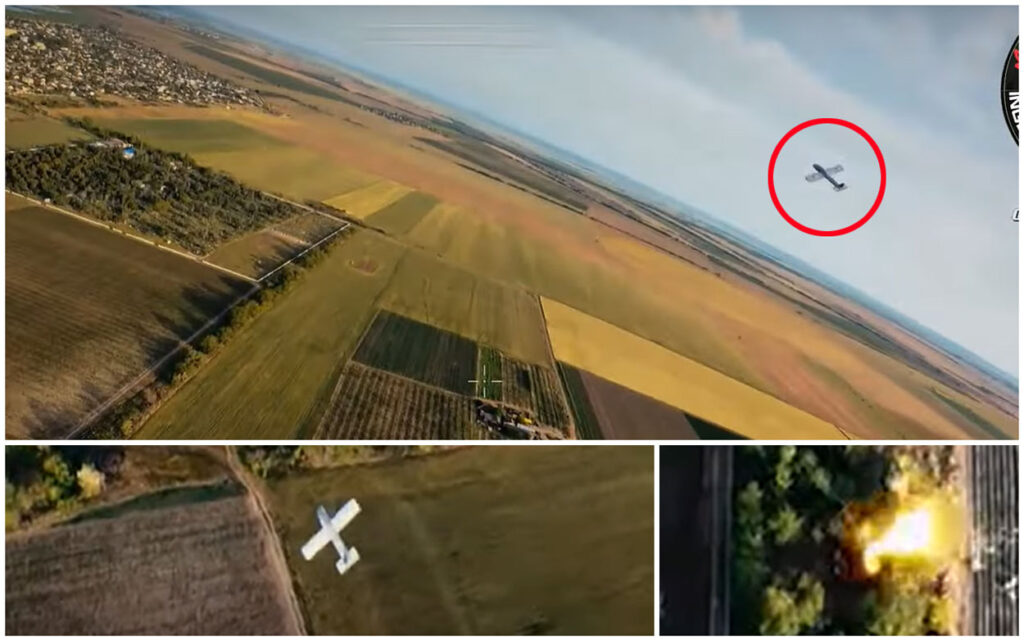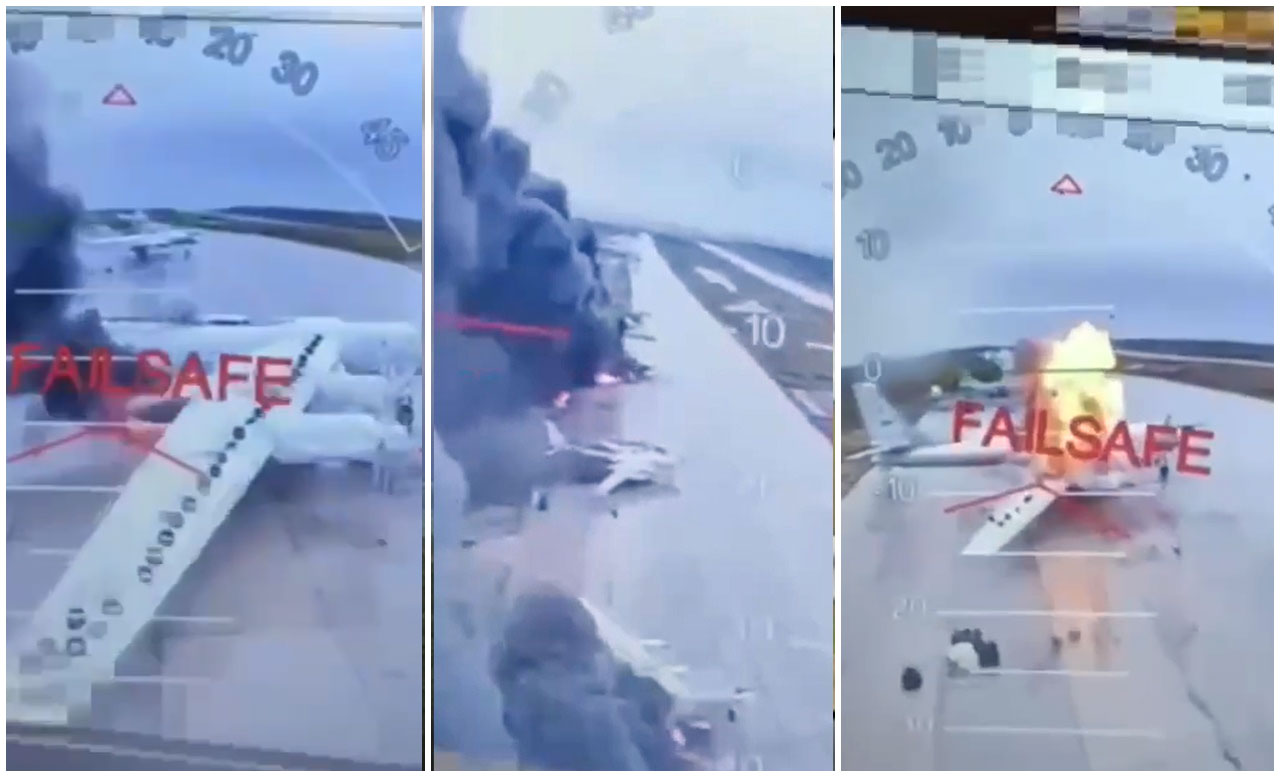Ukrainian jamming drone downs Russian Molniya-2 without a shot (video)

A Russian Molniya-2 kamikaze drone was brought down by a Ukrainian FPV drone reportedly using electronic warfare capabilities, footage shared on 9 June showed, according to Militarnyi.
The video shows the Russian Molniya-2 drone losing control as a Ukrainian interceptor approached. Militarnyi reports that this suggests the use of an onboard electronic warfare (EW) system, which jammed the UAV’s control signals and forced it to crash. The operators of Ukraine’s Southern Defense Forces reportedly executed this interception using a non-contact approach.
Rising use of EW against cheap Russian drones
This is not the first known incident of a Ukrainian drone using EW methods to down a Russian UAV. Similar interceptions of Molniya drones were previously noted starting in mid-March, with a growing frequency through April and May.
One likely vulnerability in the Molniya-2 drones is the use of ERLS control systems with active telemetry, allowing the detection of the UAV’s control frequencies. Ukrainian forces have reportedly exploited this flaw by emitting targeted jamming in narrow frequency bands. This method does not require high-power systems and can be deployed directly from the intercepting drone.
Cheap design and battlefield adaptability of Molniya-2
The Molniya-2 is a fixed-wing kamikaze drone developed as a low-cost, mass-produced weapon. Its construction involves foam, plastic, aluminum tubing, and wooden components. Electronics and engines are mostly standardized with FPV drones.
The Molniya-2 can fly up to 60 kilometers and reach speeds of 120 km/h. Its payload varies depending on the launch method. The drone can carry explosive charges or a TM-62 mine weighing up to 10 kilograms, according to Russian state media.
Militarnyi had earlier reported that Russian forces began adapting Molniya drones to serve as carriers for FPV drones.
Read also
-
Ukraine learned how to jam Russian bombs. So Russia made them fly beyond the jammers
-
Moscow mass-produces drones—China pretends it’s not helping
-
Ukraine races to build drone interceptors as Russia ramps up Shahed attacks
-
Ukraine’s terminal guidance FPV drone bypasses Russian jamming in new footage
-
Ukraine unveils Magura v7 naval drone, which downed two Russian Su-30 fighter jets in early May


